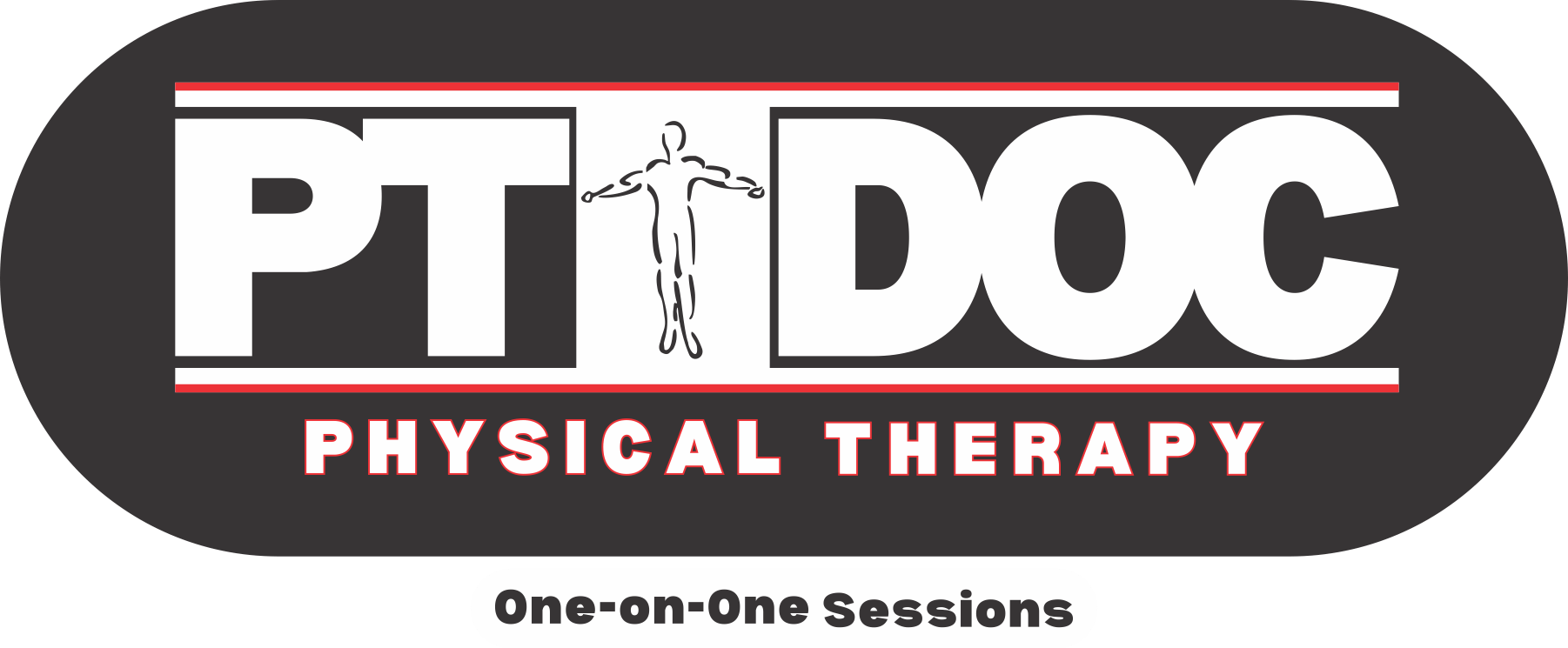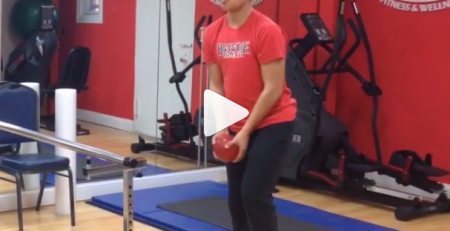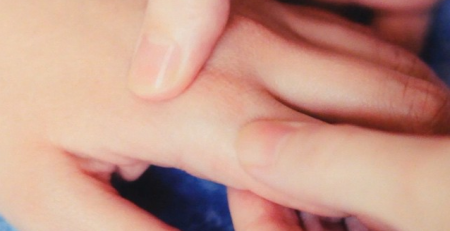How to tell the difference between sprains, strains, and breaks
Sprains
A sprain is caused by trauma — a fall, twist, or blow to the body, for example — that applies stress to a joint and overstretches or even ruptures supporting ligaments.
In a mild sprain, a ligament is stretched, but the joint remains stable and is not loosened. A moderate sprain partially tears the ligament, causing the joint to be unstable. With a severe sprain, ligaments tear completely or separate from the bone. This loosening interferes with how the joint functions. You may feel a tear or pop in the joint. Although the intensity varies, all sprains commonly cause pain, swelling, bruising, and inflammation.
The ankle is the most commonly sprained joint. And a sprained ankle is more likely if you’ve had a previous sprain there. Repeated sprains can lead to ankle arthritis, a loose ankle or tendon injury.
Strains
Acute strains are caused by stretching or pulling a muscle or tendon. Chronic strains are the result of overuse of muscles and tendons, through prolonged, repetitive movement. Inadequate rest during intense training can cause a strain.
Typical symptoms of strain include pain, muscle spasm, muscle weakness, swelling, inflammation and cramping. In severe strains, the muscle and/or tendon is partially or completely ruptured, resulting in serious injury. Some muscle function will be lost with a moderate strain, in which the muscle/tendon is overstretched and slightly torn. With a mild strain, the muscle or tendon is stretched or pulled, slightly.
Breaks
Bone breaks, unlike sprains and strains, should always be looked at by a health care provider to ensure proper healing. Call your provider if the pain does not subside or if the bone appears to be deformed. Seek urgent medical care if you have numbness, weakness, or poor circulation in the injured limb.




